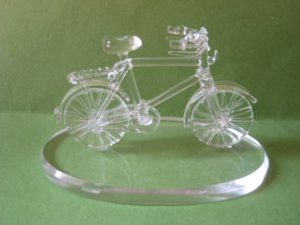
फिरोजाबाद ग्लास वर्क
Firozabad glass work उत्तरप्रदेश के फ़िरोज़ाबाद को “चूड़ियों का शहर” कहा जाता है | अकबर ने फ़िरोज़ शाह नामक व्यक्ति के नेतृत्व में एक सेना


Firozabad glass work उत्तरप्रदेश के फ़िरोज़ाबाद को “चूड़ियों का शहर” कहा जाता है | अकबर ने फ़िरोज़ शाह नामक व्यक्ति के नेतृत्व में एक सेना
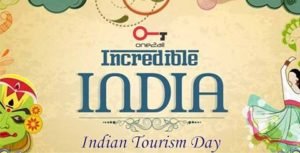
कल जहाँ हमारा देश अपना गणतंत्र दिवस मनाने जा रहा है, वहीँ आज का दिन 25 जनवरी भी कम महत्वपूर्ण नहीं है | आज भारतीय
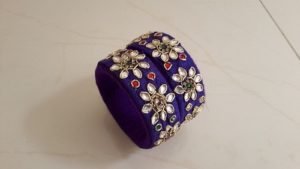
जयपुर की मीनाकारी बहुत प्रसिद्द है | मीनाकारी हमेशा से सभी को अपनी ओर आकर्षित करती रही है | मीनाकारी की खूबसूरती ने हर किसी
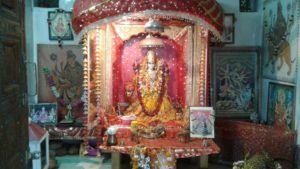
यूं तो देवी देवताओं के मंदिरों के बारे में कुछ ना भी कहा जाए, तो भी जनसाधारण अपने ह्रदय में भक्ति लिए वहां पहुँच ही

Culture:- Indore reflects the true spirit of unity in diversity. People from all corners of the country have migrated and settled here for their livelihood
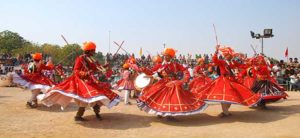
MARWAR FESTIVAL JODHPUR… one day to go!! The most popular festival in Jodhpur is the Marwar Festival. The two-day festival is held every year in

Odkryj elektryzującą atmosferę Pelican Casino, gdzie nowoczesne automaty i ogromne wygrane spotykają się z przełomową technologią, tworząc raj dla pasjonatów gier hazardowych. Każdy obrót bębnów to krok bliżej do wielkich nagród i emocji, które sprawią, że Twoje zakłady staną się niezapomnianą przygodą.
Zanurz się w świat ogromnych wygranych w Wazamba Casino, Twoim wymarzonym miejscu dla wyjątkowych slotów i progresywnych jackpotów, które przekształcają standardowy hazard w serię zwycięstw. Nasza platforma oferuje zaawansowane automaty z unikalnymi bonusami i darmowymi spinami, dostępnymi z każdego miejsca, w którym lubisz grać.
Przeżyj profesjonalny hazard w Vulkan Vegas Casino, gdzie pokerowa finezja, magia ruletki i taktyka blackjacka łączą się w perfekcyjnym widowisku. Każda sesja jest zaprojektowana, by maksymalizować emocje i szanse na wygraną dzięki naszej innowacyjnej technologii optymalizacji wypłat.
Dołącz do elity graczy w Verde Casino, gdzie wyjątkowe RTP i kolekcje premium jackpotów tworzą niezrównane doświadczenie hazardowe. Nasze zaangażowanie w doskonałość przejawia się w starannie wyselekcjonowanych automatach i systemach bonusowych, które zmieniają oblicze nowoczesnych kasyn.